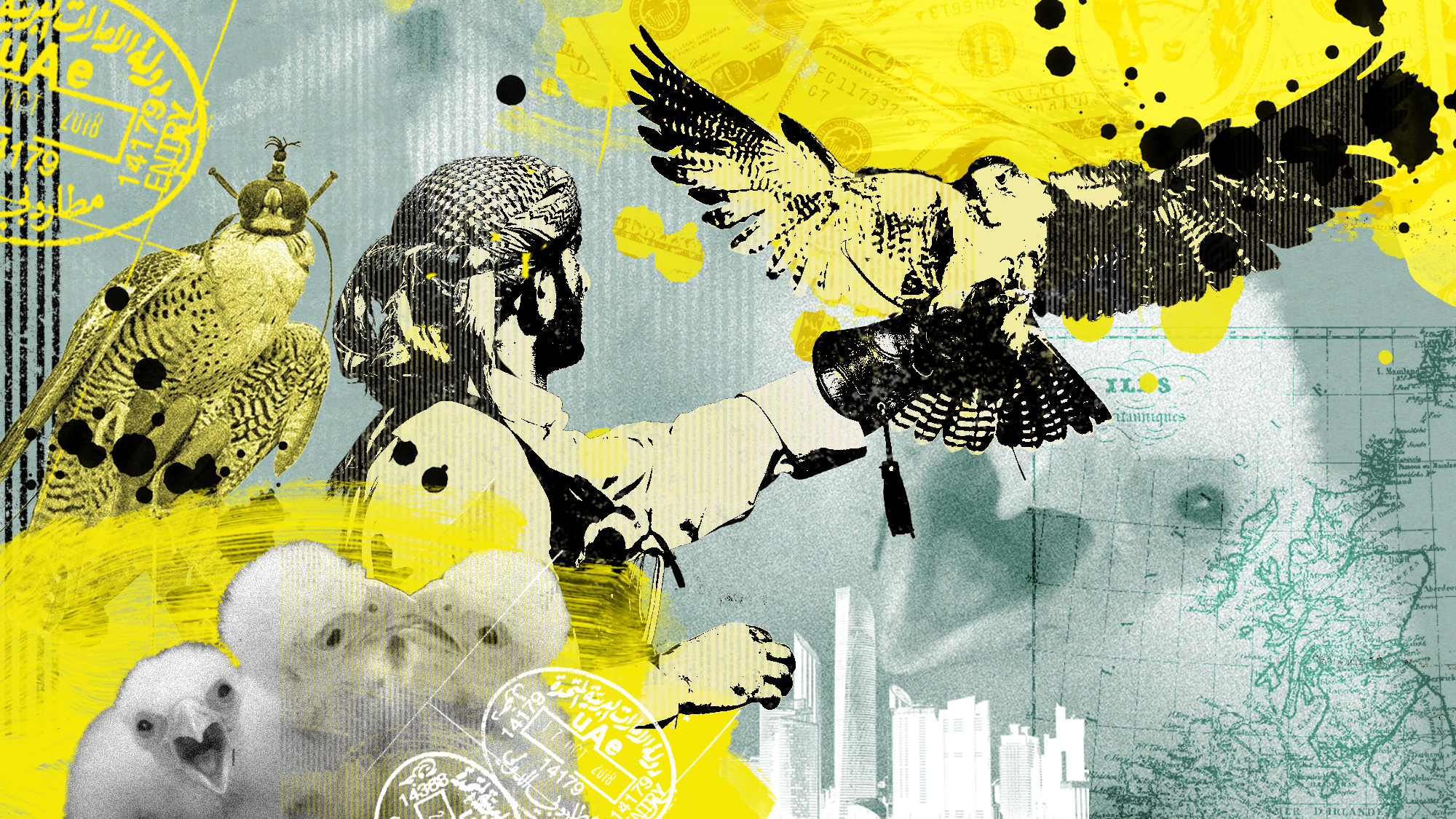Exhibit of the week: Yayoi Kusama
Forty years and one Tokyo mental hospital later, Yayoi Kusama is “making trouble again” in New York City
Whitney Museum of American Art, New York
Through Sept. 30
Forty years and one Tokyo mental hospital later, Yayoi Kusama is “making trouble again” in New York City, said Carl Swanson in New York magazine. Kusama was an unknown young painter from provincial Japan when she moved to Manhattan in 1958 with dreams of making it big. “Within a decade, she’d turned herself into a kind of avant-garde hippie shaman and tabloid fixture.” Her fields of polka dots, her furniture made of stuffed phalluses, and her orgiastic studio “happenings” briefly even made her a rival to Andy Warhol as the city’s most notorious art-world impresario. Then she burned out. Moving back to Japan in 1973, Kusama checked in to a psychiatric hospital and has been obsessively making art as an asylum resident ever since. The roaming retrospective of her work that’s landed at the Whitney this summer has the 83-year-old Kusama poised, it seems, to become bigger than ever.
The Week
Escape your echo chamber. Get the facts behind the news, plus analysis from multiple perspectives.

Sign up for The Week's Free Newsletters
From our morning news briefing to a weekly Good News Newsletter, get the best of The Week delivered directly to your inbox.
From our morning news briefing to a weekly Good News Newsletter, get the best of The Week delivered directly to your inbox.
The show certainly marks a comeback, said The Economist. The works included offer strong evidence that Kusama made “significant contributions to the history of postwar art.” Take her “Infinity Net” paintings from the late 1950s, abstract works that feature thousands of white painted loops over black backgrounds. “A riposte to abstract-expressionist pictures,” the series laid the groundwork for minimalism. It also marked the beginning of Kusama’s career-long obsession with spots, which in her work feel like expressions of compulsion and self-obliteration. Spots show up in the form of tiny lightbulbs in Fireflies on the Water (2002), a relatively recent example of Kusama’s pioneering work in the creation of immersive art environments. Spots even figure prominently in her latest canvases: brightly colored, poetically titled paintings that might be Kusama’s “most overtly personal work so far.”
In many ways, the show feels like a tipping point, said Jackie Wullschlager in the Financial Times. Over the past decade, the “global bienniale crowd” fell hard for Kusama’s dotted pumpkin and tulip sculptures, and their support seems to have given her license to play. Kusama recently collaborated with Louis Vuitton on a series of polka-dotted handbags and has been making appearances sporting an electric-red wig. The artist’s “witty, sometimes outright funny” early work can look small in the accompanying glare, but those recent mirrored “infinity rooms” are transporting. If Kusama’s second coming arrives with commercial overtones, so be it. She has been painting polka dots since before Damien Hirst sniffed art school, after all. I say, “Bring on the latest Kusama—depoliticized, glamorized, reinvented for our age of spectacle.”
A free daily email with the biggest news stories of the day – and the best features from TheWeek.com
-
 The week’s best photos
The week’s best photosIn Pictures A fireman's ladder, a race through the desert, and more
-
 NASA discovered 26 microbes in their cleanrooms
NASA discovered 26 microbes in their cleanroomsUnder the radar The bacteria could contaminate space
-
 The elite falcon trade in the Middle East
The elite falcon trade in the Middle EastUnder the Radar Popularity of the birds of prey has been ‘soaring’ despite doubts over the legality of sourcing and concerns for animal welfare